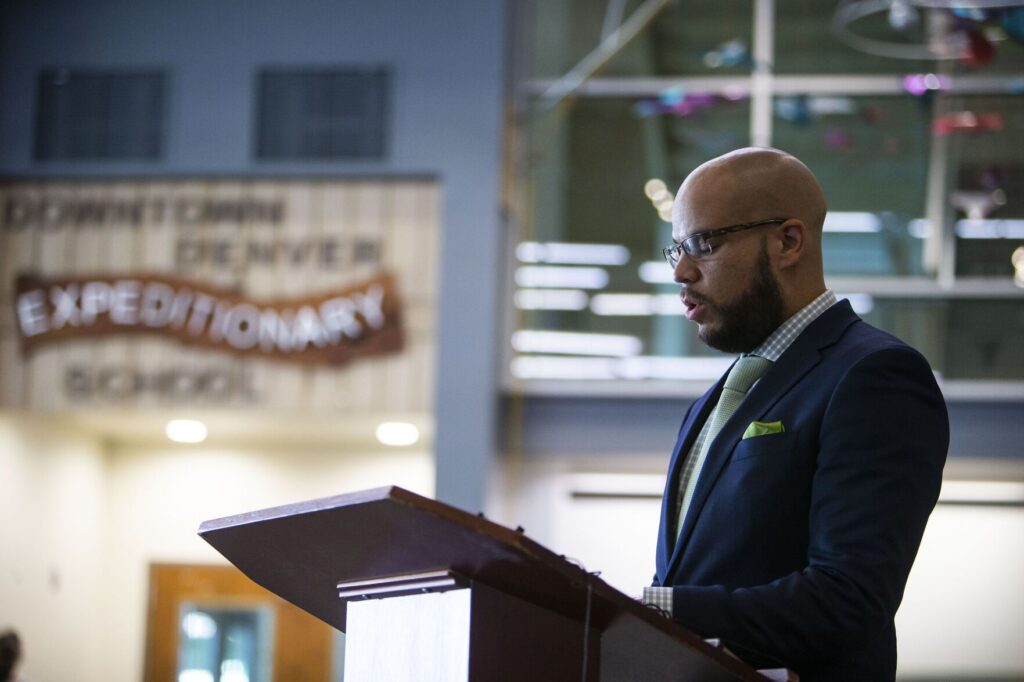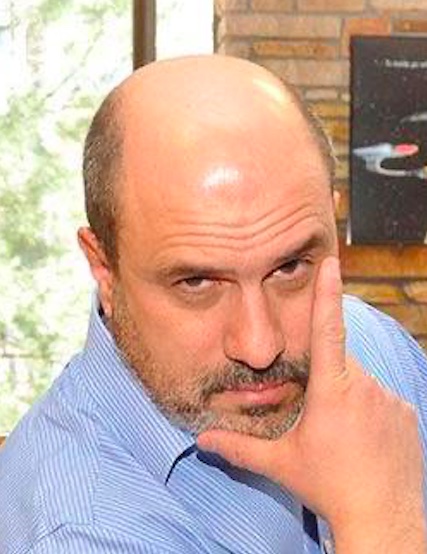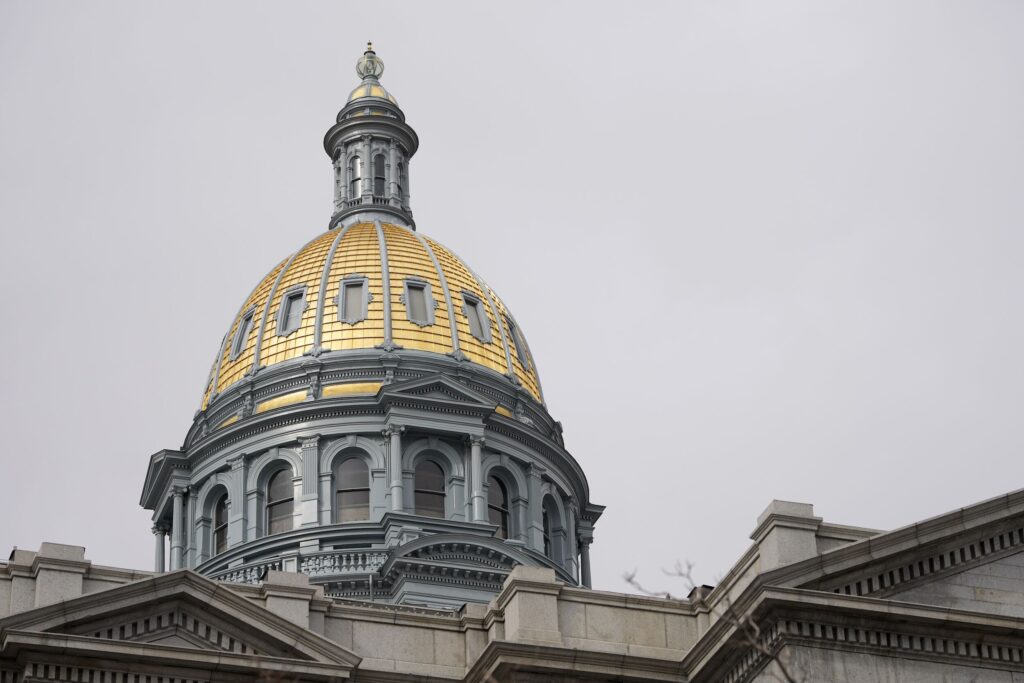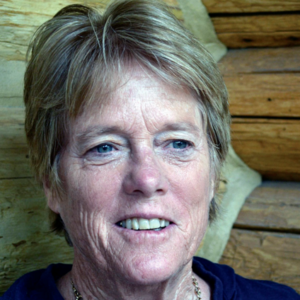Commemorating Denver ‘cow town’ history imperative | GABEL
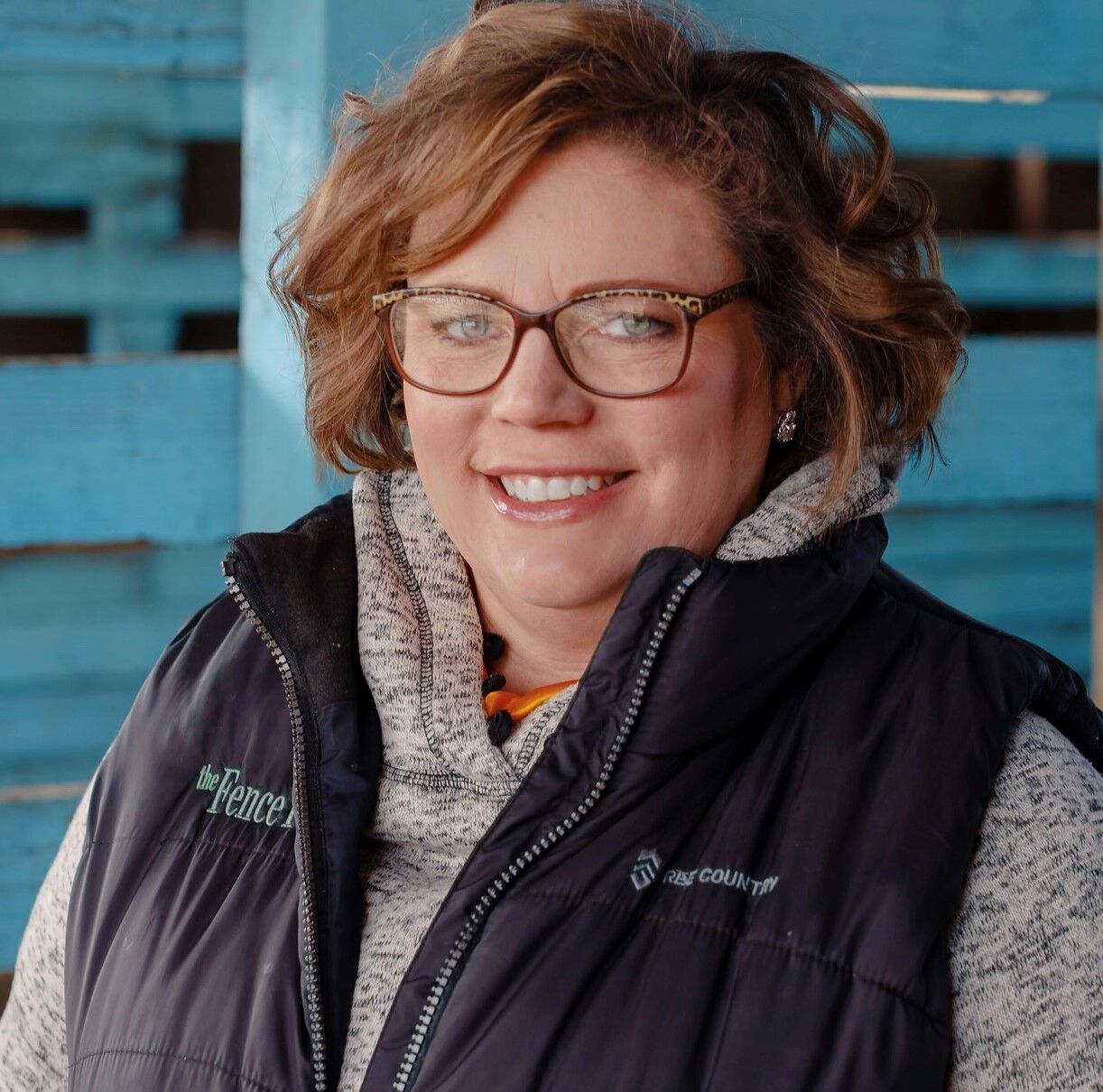
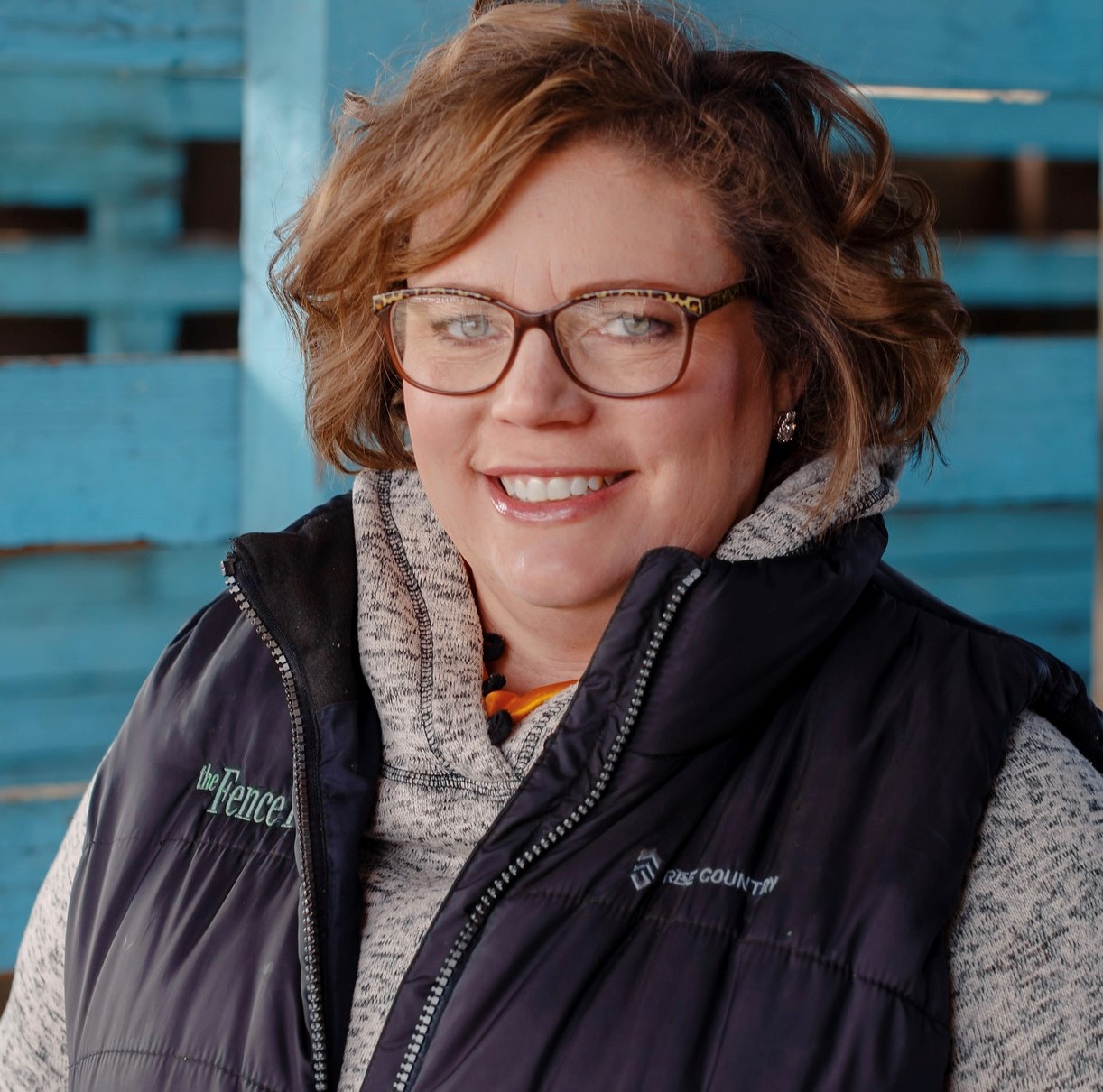
Three rail lines once lay parallel to the South Platte River, and it was there that corrals were built, and the Denver Union Stock Yards Company opened for business in 1881. Iron latches to connect gates to railcars for unloading were hand forged by men who may not have considered themselves artisans, but who were, for iron sharpens iron.
Stock pens were added and railcars bringing fat cattle to market rumbled through. A catwalk was constructed, and walking bridges were constructed over the South Platte to connect the marketplace directly to the growing collection of meat packers surrounding the stock yards. The packers included Swift & Company, Cudahy, the Colorado Packing and Provision Company, which was later renamed Armour, and others. In 1898, the Denver Union Stock Yard Exchange Building was built, with additions made in 1916 and 1918. The four-story building was home to the Denver Union Stock Yard Company offices, a newspaper, restaurant, bank, the Colorado State Farm Bureau and the local office of the U.S. Bureau of Agricultural Economics.
When the Moffat train tunnel was built in 1928, it connected producers in Western Colorado to the Denver marketplace. Sheep, hogs, and cattle were sold by the trainload and the Stock Yards became a place to do business and be seen.
On Nov. 15, a Rocky Mountain News reporter snapped a photo to commemorate the one millionth head of cattle brought to the Stock Yards to be sold. Denver was a cow town, and the Exchange Building was the heart of the hub and served as a sign of the economic importance of agriculture to Denver and the surrounding communities.
Legendary farm broadcaster Evan Slack, a Missouri farm boy who was known for landing his Mooney airplane in cow pastures and tiny towns to get the best stories, maintained an office in the Exchange Building and it was from the Stock Yards he gave his daily farm report. The Western Livestock Journal was housed in the Exchange Building for much of its more than 100-year run. Bill Markham, a cow man from north of Denver, recalls lunches in the restaurant with his dad and grandfather, a real treat. He also recalls leading his 4-H steer down the alley lined with commission men and cattle buyers. He chuckles relaying the sight it must have been.
Million of dollars of deals have been struck in the Exchange building and in its shadow in what is now the National Western Stock Show Yards. Last week, the Exchange Building was added to the roster of historical landmarks by the Denver City Council. The building was purchased by EXDO Development, Elevation Development Group, the Colorado Cattlemen’s Association and the nonprofit National Western Center Authority, known as the National Western Center.
The Colorado Cattlemen’s Association predates the state of Colorado having been founded in 1867. The organization advocated and helped steer the formation of the National Western Stock Show, the Colorado Brand Board, the Colorado Beef Council and the Colorado Cattlemen’s Agricultural Land Trust. Erin Karney recently took the reins, marking the first female to lead the association as the executive director. Karney is a ranch-raised graduate of Colorado State University with degrees in animal science, ag business and meat science. She and Zach Riley, the recently hired executive director of the Colorado Livestock Association, are both young leaders leading agriculture associations with long and rich histories.
The restoration of the Exchange Building will be in line with the original design and will be respectful and mindful of how the building looked in its heyday.
Though cattle no longer arrive to Denver by train, it remains rooted in agriculture with the state’s industry accounting for more than $5 billion in cash receipts, of which about 52% come from the state’s cattle industry. Colorado feeds nearly 3 million head of cattle and is home to many of the giants of cattle feeding and processing. The state is the fourth largest exporter of fresh and frozen beef, and it is ranchers who care for and conserve about half of the state’s land.
One of the nods to the history of Denver as a cow town is the tradition of displaying Christmas lights until the conclusion of the National Western Stock Show in January. The gesture is a way to honor the state’s agricultural history, to welcome the exhibitors, contestants and visitors who attend, to bring a tremendous amount of revenue into the city and to show your support of the state’s cattlemen. It’s my hope that when CCA and others come home to the Livestock Exchange Building, they’ll leave their lights on and once again be a beacon of the contributions of the industry.
Rachel Gabel writes about agriculture and rural issues. She is assistant editor of The Fence Post Magazine, the region’s preeminent agriculture publication. Gabel is a daughter of the state’s oil and gas industry and a member of one of the state’s 12,000 cattle-raising families, and she has authored children’s books used in hundreds of classrooms to teach students about agriculture.


